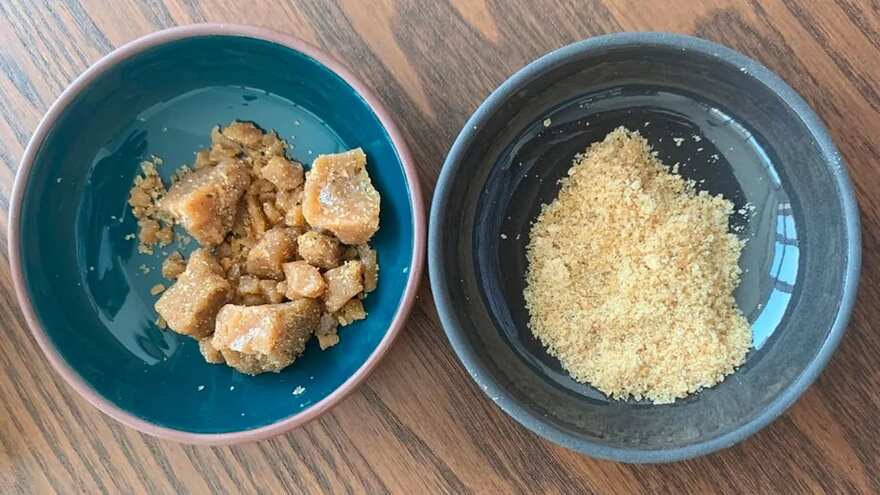Asafetida is a pungent spice used in cooking as well as eaten as a digestive aid. The word asafetida comes from the Latin word foetid, which means ‘to stink.’ Native to Central Asia, eastern Iran, and Afghanistan, where it can be found at elevations ranging from 600m to 1200m above sea level. The rhizome or tap root of some Ferula species exudes this dry latex. It is a perennial herb that grows to a height of 2 \m (6.6 feet) and is harvested after four years. The plant is also known as devil's dung, giant fennel, smelling gum, asant, food of the gods, jowani badian, stinking gum, hing, and many more names.
One of asafetida features is umami. It has a flavor depth similar to garlic and onions, but it has a far more dynamic effect on the other spices in a dish. To fully understand it, it must be experienced, but in a nutshell, it combines flavors. It's especially important in vegetarian dishes that call for asafetida to replace the robust flavor that meat usually provides.
Even tiny amounts of asafetida impart a soothing onion-garlic flavor, which is especially nice in vegetarian recipes, curries, and stews – pretty much everywhere onion and/or garlic are used.
Where onion might be too harsh or thick, a small bit gives a delicate lift to fish, egg, or cheese recipes. This also applies to salads and salad dressings.



